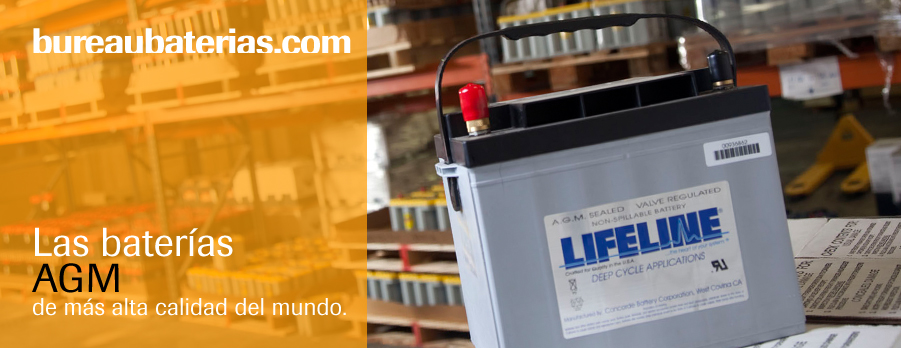LifeLine › F.A.Q.
Charging
More batteries are damaged and prone to premature failure due to improper charging and overcharging than by any other means. If batteries are charged at a constant amperage and low voltage, charging time is significantly longer and battery capacity is effectively reduced because the battery is never completely recharged. To avoid this many individuals opt for a higher charging voltage, which accelerates the rate of charge but can ultimately harm the battery if the charge is continued for any length of time after the battery reaches capacity. The best charging solution is a multi-stage charge regulator that keeps recharging time to a minimum (higher voltage) but prevents battery damage caused by overcharging (automated charge regulation).
Discharging
Discharging marine batteries to 50% of capacity in the general rule for obtaining optimal battery life. This provides the best compromise between available energy and the number of discharge cycles a battery can provide during its lifetime. If a marine battery is continually discharged below 50% of it's capacity it leads to a shorter battery life due to sulfating (a chemical reaction inside the battery that limits the ability for it to hold a charge).
Why Choose an AGM Marine Battery?
More batteries are damaged and prone to premature failure due to improper charging and overcharging than by any other means. If batteries are charged at a constant amperage and low voltage, charging time is significantly longer and battery capacity is effectively reduced because the battery is never completely recharged. To avoid this many individuals opt for a higher charging voltage, which accelerates the rate of charge but can ultimately harm the battery if the charge is continued for any length of time after the battery reaches capacity. The best charging solution is a multi-stage charge regulator that keeps recharging time to a minimum (higher voltage) but prevents battery damage caused by overcharging (automated charge regulation).
What is AGM and why do I need it in my Marine Battery?
AGM stands for Advanced Glass Matting and is the material used in high end marine batteries to separate the lead plates. AGM also is useful as it's capilary action qualities provide abundant acid contact to the lead plates under extreme vibration, g loads, inverted installations, and more. AGM material simply allows some Marine Batteries to outperform those without due to it's ability to suspend the plates in the sulfuric acid necessary to hold, charge, and discharge marine batteries.
Aren't AGM and GELCELL Marine Batteries both Maintenance Free and tolerant to deep cycling? AGM Marine Batteries are desirable because they are maintenance free due to the valve-regulated and pressure-sealed design. Like Gelcells they boast high tolerance to occasional deep discharges, excellent shock and vibration resistance, and broad operating temperatures. Here is where the similarities end, AGM Marine batteries have the advantage of being mountable in any orientation without capacity loss which Gelcells do no have.(gelcells will creat air pockets and burn out the plates) AGMs also have the lowest internal resistance supporting numerous high demand loads and the fastest recharge times.
© bureaubaterias.com :: Aviso legal :: Tel.: 607 44 45 46 :: Email: bb@bureaubaterias.com
c/ Nestor Basterretxea, 15, 20280 Hondarribia - Gipuzkoa, España

